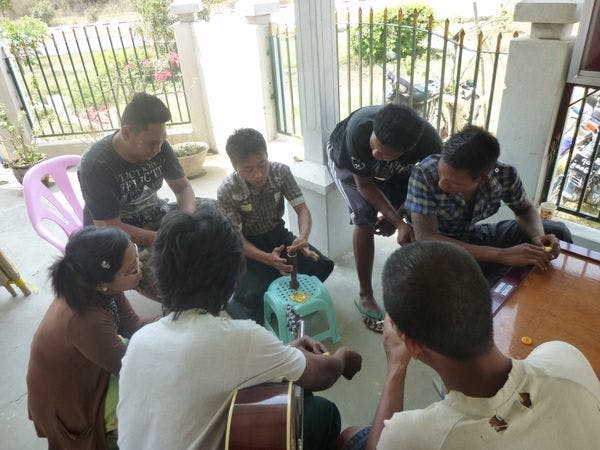New drug treatment services announced for Myanmar
In September 2014, Myanmar’s health ministry announced plans to establish pilot treatment facilities in so-called “one stop service centers” across seven townships in the country. These centers will provide comprehensive services for people who use drugs, including methadone maintenance therapy, anti-retroviral treatment, tuberculosis referral and treatment, treatment for sexually transmitted infections, counseling, vaccination for hepatitis B, hepatitis C testing, condoms and educational materials.
However, a significant barrier to effective outreach to people who use drugs is the limitation of efficient and effective community-based harm reduction programs. Improving the capacity of civil society organizations including peer-led groups to deliver such programs is important in achieving the harm reduction goals of the country.
Myanmar (formerly known as Burma) is notorious in South East Asia for its illicit opium cultivation (second only to Afghanistan in terms of global production) and the production of heroin and synthetic drugs, especially amphetamine-type stimulants. Within the past twenty years, drug use trends among young people in Myanmar changed from traditional opium smoking to more risky forms of use, such as smoking and injecting heroin. Due to the sharing of unclean needles and other injecting equipment, the rate of infectious diseases, especially HIV, became alarmingly high among people who inject drugs.
In the beginning of the HIV epidemic in the 1980s, the Myanmar government authorities were hesitant to address the issue. In addition, the drug law imposed punishment for drug use: a person suspected of being dependent on drugs could be sentenced to three to five years’ imprisonment for failing to register for drug treatment at a designated government center. Possession of needles and syringes is also a criminal offence, which can be met with either a fine or six months imprisonment.
Nonetheless in the early 2000s, the government tackled HIV as a national concern. Since then, harm reduction approaches have been implemented in high-risk areas in the country under the guidance of the National Strategic Plan on HIV/AIDS.
Currently in Myanmar, available harm reduction measures include drop-in-centers and outreach strategies focusing on needle and syringe exchange, peer education, overdose prevention, primary care services, and HIV testing and treatment facilities for people who use drugs. The needle-syringe exchange programs are delivered by NGOs with funding from international donor agencies. The government provides methadone substitution therapy at 35 centers across the country. Although the government has committed limited budget to harm reduction measures and the availability of methadone treatment is still limited, the expansion of service delivery points are an improvement.
Regarding drug policies, it is now a good time to revise Myanmar’s harsh drug laws. This will enable the scaling up of harm reduction services and voluntary treatment options rather than arresting and imprisoning people who use drugs. A legal review was recently conducted by UNAIDS in collaboration with other actors such as UN agencies, donors and key populations affected by HIV, resulting in recommendations focused on increasing access to health care services, especially in closed settings; adopting harm reduction in the national drug policy; ending the compulsory registration of people who use drugs; and decriminalizing drug use. There needs to be ongoing and effective advocacy efforts, and strong collaboration between civil society actors and government to change the drug laws so that they are in accordance with international health and human rights practices.
Keep up-to-date with drug policy developments by subscribing to the IDPC Monthly Alert.
